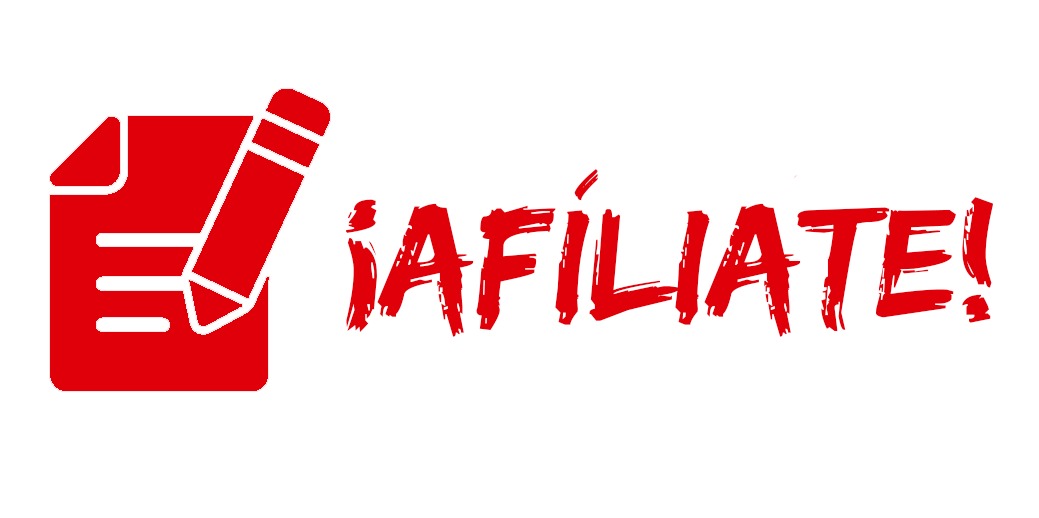
It can also include other charges such as investor relations (IR) expenses and the administration costs of the fund. Unlike percentage-based fees, a monthly management fee in the form of flat fee pricing is a set amount billed monthly, regardless of tenant count. This model offers predictability for property owners, but it’s important to be aware of potential hidden costs that might inflate the overall property management cost.
- This means that the advisor charges a single rate no matter what asset or investment selection you make.
- These fees can vary in amount and may be charged as a percentage of assets under management or as a fixed fee.
- Sharpe concluded that active fund managers underperform passive fund managers not because of any flaw in their strategies but because of the laws of arithmetic.
- A mutual fund’s management fee could be stated as 0.5% of assets under management.
- Setup of a tenant’s account is a one-time cost while regular unit inspections are critical to effective property management.
- This fee structure aligns the manager’s incentives with the investor’s, as the manager earns more when the portfolio value increases.
A management fee is a fee charged by a financial advisor or investment manager for managing a client’s assets or investments. Property management fees compensate managers for services such as tenant screening, rent collection, maintenance, and lease administration. Project management fees cover planning, execution, monitoring, and closing various project tasks. This section will discuss best practices such as conducting research and benchmarking, evaluating service offerings, requesting fee reductions and discounts, and exploring alternative fee structures. Evaluating the value of management services is crucial for determining whether the fees charged are reasonable and justified.
How to pay yourself from a corporation: Management Fees vs Salary
They then identify securities that have the potential to outperform the market. However, the efficient market hypothesis (EMH) states that prices fully reflect all available information. Therefore, according to the EMH, the current stock prices are a company’s intrinsic value. Because price movements are largely random and unpredictable, it wouldn’t make sense to misprice stocks. Investment managers charge wrap fees at 1% to 3% of the assets they manage for you.
- This includes researching investments, monitoring market conditions, rebalancing portfolios, and providing investment advice.
- Here are some of the most common fee structures you’ll encounter when partnering with an investment manager or financial advisor.
- You may think that if you’re paying a higher management fee, you should receive better returns.
- This additional expertise may come with higher fees but can provide significant value to investors who require comprehensive financial guidance.
- This is different from a fee-only firm, which avoid this kind of conflict of interest by only earning compensation from the fees that clients pay.
The average investment management fee is over 1% for $1 million in assets under management. It’s important to know what kinds of fees firms may charge and how they structure them. If you’re not ready to work with an advisory firm that works with higher AUM amounts and will charge more, you might want to look into the possibility of using a robo-advisor.
Investment Management Fees FAQs
For example, more aggressive investment portfolios tend to have higher management fees because there is more work involved due to the higher turnover of securities. Passive funds may have lower management fees because they select and then stick with the assets within the portfolio. Many times, advisors have an opportunity to earn commissions from insurance sales, which is a service that would probably fall outside of the purview of average investment management services. If this applies to a firm, it would make the firm fee-based, as it receives income from both client fees and outside sources.
Recall that management fees are paid to the investment professionals that manage the investments and can cover other expenses, such as fund operations and administration. For those who want to avoid management fees and keep more of their money, it’s possible to avoid management fees altogether by engaging in self-directed investing. Self-directed investing allows investors to take complete control of their investments, cutting out the need for investment professionals. It can involve buying and selling individual stocks, as well as building a personalized investment portfolio. For instance, a property management company might charge a monthly fixed fee of $1,000. While this seems straightforward, there could be additional costs, such as a leasing fee of $300 for every new tenant or a renewal fee of $200 for every lease renewal.
Average Property Management Fees in Georgia
In exchange for paying management fees, investors are provided with access to the expertise and resources of investment professionals. The professionals can help investors with allocating risk, rebalancing portfolios, or providing personalized investment advice. A management fee is a charge levied by an investment manager for overseeing an investment fund. The fee is intended to compensate managers for their time and expertise in selecting stocks and managing the portfolio.
Typical management fees are taken as a percentage of the total assets under management (AUM). The amount is quoted annually and usually applied on a monthly or quarterly basis. For example, if you’ve invested $10,000 with an annual management fee of 2.00%, you would expect to pay a fee of $200 per year. If management fees are applied every quarter, you would expect to pay a fee of $50 every three months. Management fee structures vary from fund to fund but they’re typically based on a percentage of assets under management (AUM).
Overview of Investment Management Fees
This is different from a fee-only firm, which avoid this kind of conflict of interest by only earning compensation from the fees that clients pay. In some cases, investment managers may offer tiered fee structures, where the percentage fee decreases as the assets under management increase. Sometimes an investment manager will consolidate a client’s various fees into what is called a wrap fee.
- Management Fees are the money paid to managers of an investment company for managing the investment portfolio.
- This fee structure charges clients a fee based on the assets within their account.
- Higher-cost actively-managed funds do tend to underperform lower-cost passively-managed funds in all categories, according to decades of Morningstar research.
- If you’re not ready to work with an advisory firm that works with higher AUM amounts and will charge more, you might want to look into the possibility of using a robo-advisor.
- If CRA finds management fee not justifying the above-mentioned criteria it can reclassify the management fees as salary, and then enforce a penalty for failure to withhold payroll taxes.
- While the most accurate information as it pertains to your personal situation would come from seeking out and potentially consulting with a professional financial advisor, it helps to know the nuts and bolts.




